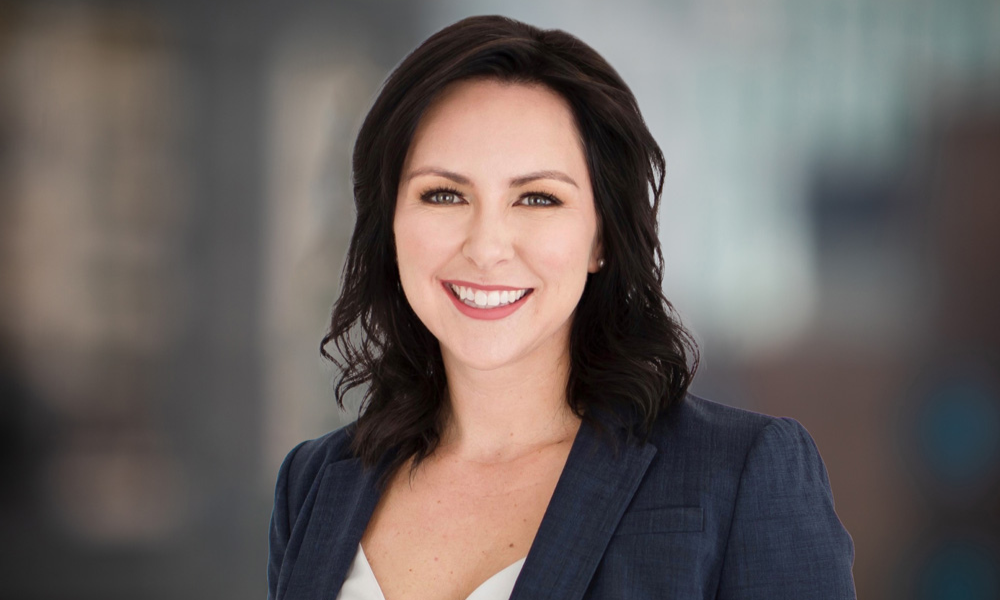Biggest Winner competition seems to encourage DIY investing, but it can help advisors share key lessons with clients

Global X’s annual Biggest Winner competition doesn’t immediately appear like something advisors can get behind. The competition is essentially a portfolio sandbox exercise. Canadians can access a platform on which they can trade the full range of TSX and CBOE Canada listed ETFs, using hypothetical money and realizing hypothetical losses and gains. The six-week exercise is meant to introduce more Canadians to ETF trading and improve their financial literacy. On the surface it could be seen as a gateway to DIY investing. Sephanie Wolfe, executive vice president and head of marketing at Global X Canada, emphasizes some of the value this exercise can bring to advisors relationship with their clients.
Giving clients a risk-free platform to try out trading on their own can result in useful insights, for both the client and the advisor. It can help them recognize their own risk tolerance and appetites, things that the know your client (KYC) process tries to glean but can prove difficult if a client has never traded securities on their own. Moreover, it can help advisors engage with clients where they are: blending their financial advice with some DIY assets held on low-cost trading platforms. Fundamentally Wolfe believes that giving clients the opportunity to know themselves better as investors will make it easier for advisors to serve them.
“An advisor can ask, ‘what’s your risk tolerance level?’ but sometimes you have to have been in it to understand it, to experience the pain of losing your own money,” Wolfe says, “But that [imaginary] $100,000 we give them in the competition gives investors the opportunity to see how the market moves and how a portfolio can be impacted based on the decisions they’re making. It gives them a bit more of an understanding that will help when they start to work with an advisor.”
Wolfe explains that the competition will help novice investors understand their risk tolerance level very quickly. They’ll also have to learn how to research ETFs and securities to build a diversified portfolio. Even though the platform is exclusively limited to Canadian-listed ETFs, that amounts to over 1,400 different products from 41 different providers that these investors will have to sift through and learn about.
The Biggest Winner competition has been held for 13 years and in that time the ETF product shelf has exploded in Canada. Where in the first iteration investors may be playing with a cohort of passive index-tracking ETFs, they’re now accessing a range of sophisticated strategies. Active fixed income and equity funds, covered call funds, even single-stock ETFs are available to play with. The breadth and depth of this universe should help give investors an even better idea of just how broad the wider world of investing is and how much work it takes to navigate.
They should also expect volatility. Because of the rebrand they completed earlier this year, Global X postponed the Biggest Winner competition from May to September. September and October, however, are historically the most volatile months on the market. That may be further heightened by the US election season. This year’s competition may well drive home the value of diversification and volatility offsets.
From an advisor’s standpoint, Wolfe emphasizes the importance of acknowledging and moving with the DIY trend. She cites a national survey from the BC Securities Commission which found that while 40 per cent of respondents had only advised assets and 19 per cent had only DIY investments, 24 per cent had both DIY and advised investments. They also found that only 11 per cent of investors would consider themselves “primary DIY” with the majority of their assets in DIY accounts. 20 per cent are non-DIY, investors who have some DIY investments but use an advisor to manage the majority of their assets.
Perhaps most crucially, younger age cohorts tended to be the most likely to be DIY investors in some form or another. DIY investing is not going away, and it’s increasingly likely that advisors will engage with more clients who want to blend their own DIY accounts with advisor-managed accounts. Wolfe argues, therefore, that the benefits of having clients engage in this exercise and learn more about their own investing habits and tolerances outweighs the potential risks of opening them up to DIY investing.
“I think when an advisor has a client who understands the markets better, they're going to have an easier time working with that particular client,” Wolfe says. “They may have deeper discussions, better understanding of what their investment goals are. I think it just gives them a better opportunity to build that client relationship and do what they think is best for the investor working with them. Sometimes, I think it can be a challenge if the investor really doesn't understand anything that's going on, and they get upset because they may not fully understand what the advisor is challenged with on a daily basis. So I think at the end of the day, it's just a greater opportunity for advisors to have better client relationships.”



